
How do epilators work for permanent hair removal?
Introduction:
Epilators are commonly used for hair removal, offering a longer-lasting alternative to methods like shaving or waxing. While epilation removes hair from the root, it does not guarantee permanent hair removal. However, regular and consistent use of an epilator can lead to a reduction in hair growth over time. In this guide, we will explore how epilators work for hair removal and the potential for achieving long-term hair reduction. We will discuss the process of epilation, factors that influence hair growth, and important considerations for those seeking a more permanent hair removal solution. By understanding these factors, you can make an informed decision about using an epilator for your hair removal needs.
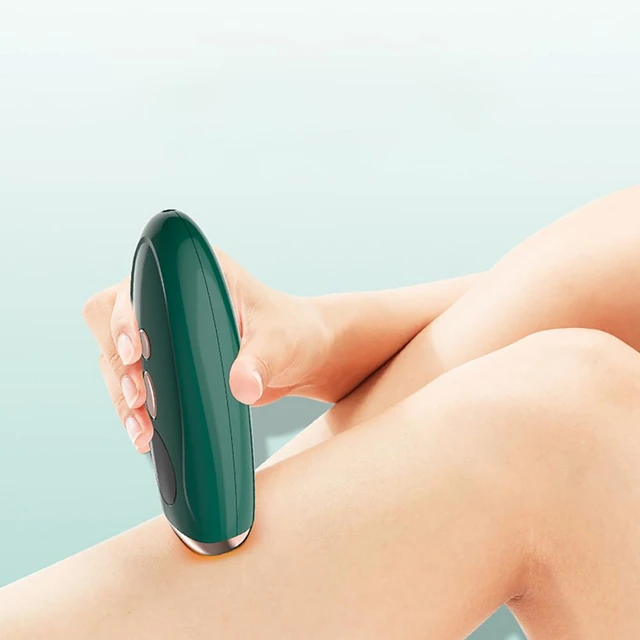
How do epilators work for permanent hair removal?
How Epilators Work:
Epilators work by mechanically grasping multiple hairs simultaneously and removing them from the root. A typical epilator consists of multiple rotating tweezers or discs that open and close as they rotate. As the epilator is moved across the skin, the tweezers or discs capture the hairs and pull them out from the follicles.
The epilation process is relatively quick and efficient, allowing for the removal of multiple hairs in a single pass. This results in smooth, hair-free skin that can last longer compared to shaving or depilatory creams.
Hair Growth Cycle:
To understand the potential for permanent hair removal with an epilator, it is important to understand the hair growth cycle. Hair follicles go through three main phases:
a. Anagen Phase: This is the active growth phase, during which the hair follicle is actively producing new hair. The length of the anagen phase varies across different body areas and individuals, ranging from a few weeks to several years.
b. Catagen Phase: In this transitional phase, the hair follicle begins to regress, and hair growth slows down. This phase lasts for a few weeks.
c. Telogen Phase: This is the resting phase, during which the hair follicle is dormant. The old hair remains in the follicle until it is pushed out by the growth of a new hair. The telogen phase typically lasts for a few months.

Hair Regrowth and Epilation:
Epilation removes hair from the root, resulting in a longer period of hair-free skin compared to other methods like shaving or depilatory creams. However, the hair follicles are not permanently destroyed or eliminated. Over time, the hair will regrow as part of the natural hair growth cycle.
When hair regrows after epilation, it may initially appear finer and softer. This is because repeated epilation can sometimes cause damage to the hair follicle, resulting in a change in hair texture. However, with continued hair growth cycles, the hair may return to its previous thickness and coarseness.

Achieving Long-Term Hair Reduction:
While epilation does not provide permanent hair removal, consistent and long-term use of an epilator can lead to a reduction in hair growth. Several factors contribute to achieving long-term hair reduction:
a. Regular Use: Using the epilator regularly and maintaining a consistent hair removal routine is key to achieving long-term results. Regular epilation helps disrupt the hair growth cycle and weaken the hair follicles over time. The frequency of epilation depends on individual hair growth rates and preferences.
b. Weakened Hair Follicles: Continuous removal of hair from the root weakens the hair follicles. With repeated epilation, the hair follicles may become smaller and produce thinner or sparser hair. This can lead to a reduction in hair growth density and appear as if there is less hair.
c. Extended Resting Phase: Epilation can extend the resting (telogen) phase of the hair growth cycle. When hair is pulled out from the root, it takes longer for the new hair to grow back. This can result in longer periods of hair-free skin and a gradual reduction in the overall amount of hair.
d. Individual Hair Growth Patterns: Hair growth patterns vary among individuals and across different body areas. Some areas may respond more favorably to epilation, showing greater reduction in hair growth over time. It is important to be patient and observe the progress in different areas before assessing the effectiveness of epilation.
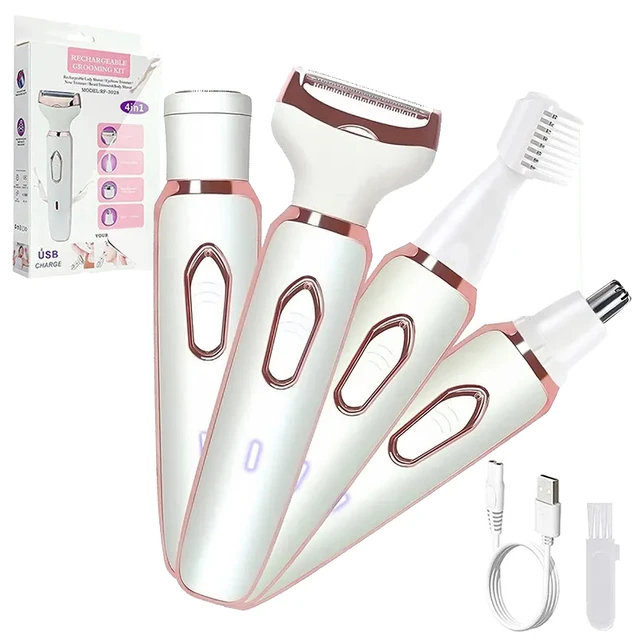
Important Considerations:
While epilation can lead to long-term hair reduction, there are important considerations to keep in mind:
a. Individual Hair Type: Epilation may be more effective for individuals with certain hair types, such as finer or lighter hair. Coarser or thicker hair may be more resistant to long-term reduction.
b. Pain and Sensitivity: Epilation can be uncomfortable, especially for individuals with low pain tolerance or sensitive skin. It is important to be aware of your pain threshold and adjust the speed or sensitivity settings of the epilator accordingly. Applying a numbing cream or taking over-the-counter pain medication before epilation may also help.
c. Ingrown Hairs: Epilation can occasionally lead to ingrown hairs, particularly in areas with curly or coarse hair. Exfoliating regularly and practicing proper skincare can help minimize the risk of ingrown hairs.
d. Patience and Time: Achieving long-term hair reduction with an epilator requires patience and regular commitment. It may take several months of consistent use before noticeable results are seen. Individual hair growth patterns and response to epilation can vary, so it is important to have realistic expectations and be patient. You can use a hello kitty mirror to help you get better hair removal in areas that are hard to see while removing hair.
e. Alternative Hair Removal Methods: If you are seeking more permanent hair removal results, other methods such as laser hair removal or electrolysis may be more suitable. These treatments target the hair follicles and can provide long-lasting reduction or removal of hair. However, they often require multiple sessions and may be more expensive compared to using an epilator.
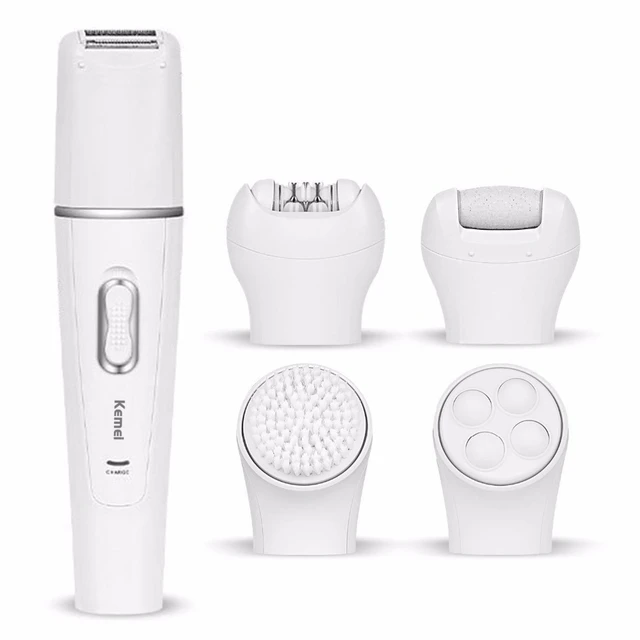
Conclusion:
Epilators offer a convenient and efficient method of hair removal, but they do not provide permanent hair removal. With regular and consistent use, epilation can lead to long-term hair reduction by weakening the hair follicles and extending the resting phase of the hair growth cycle. However, individual hair growth patterns, hair type, and other factors can influence the effectiveness of epilation. It is important to have realistic expectations and be patient when using an epilator for long-term hair reduction. If you are seeking more permanent results, alternative methods such as laser hair removal or electrolysis may be worth considering. By understanding the process of epilation and considering these important factors, you can make an informed decision about the most suitable hair removal method for your needs.





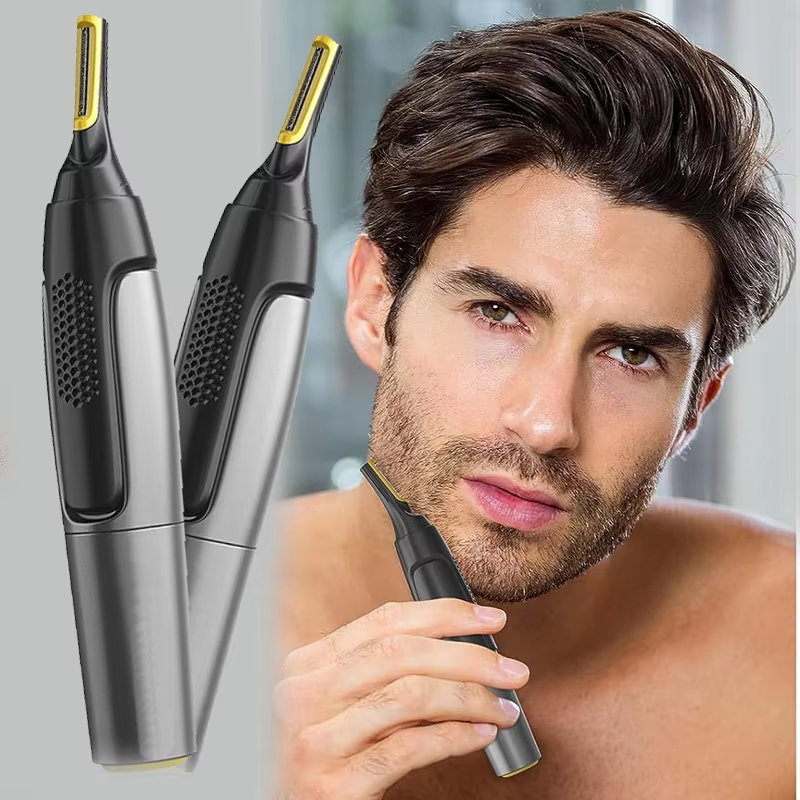

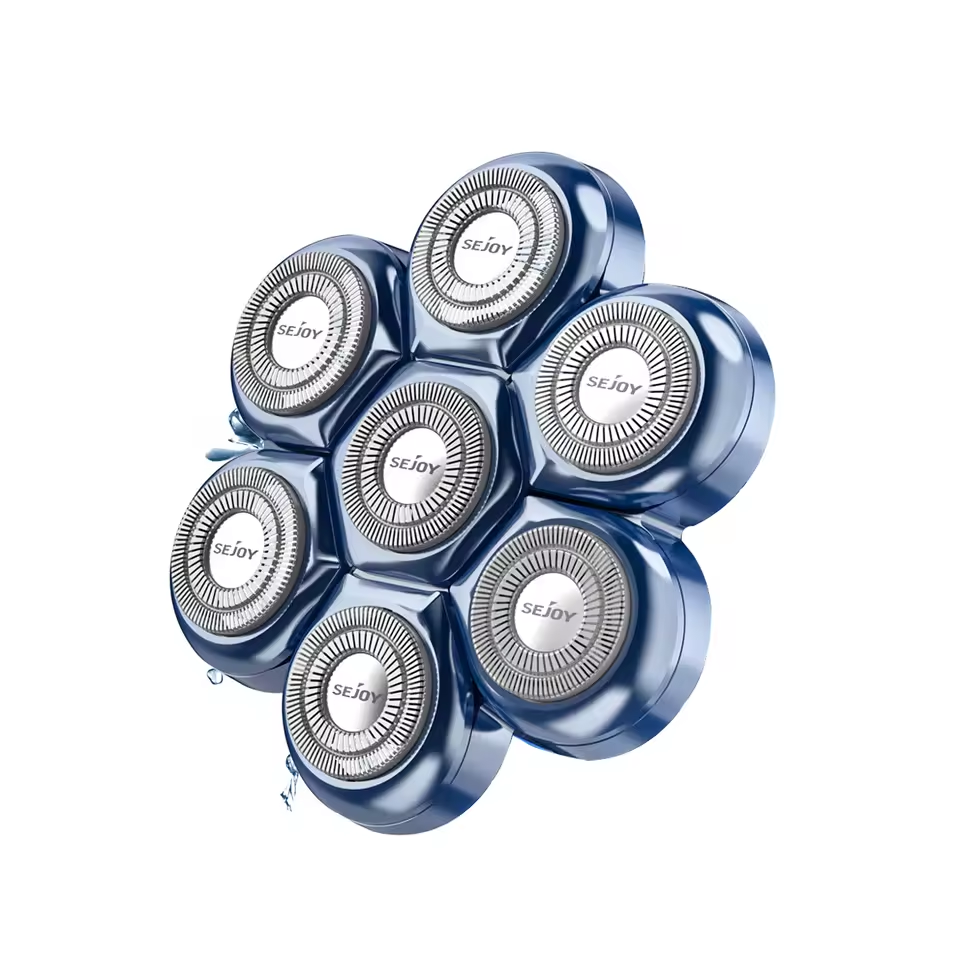

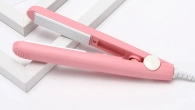

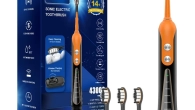
Leave a Reply
You must be logged in to post a comment.